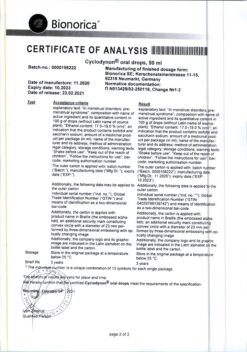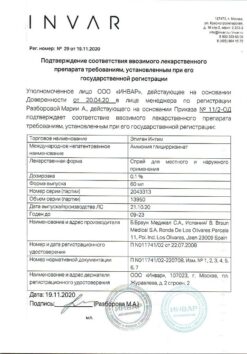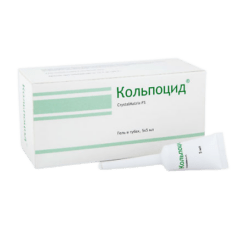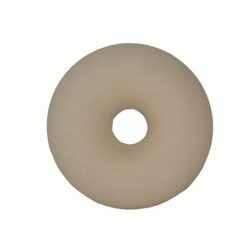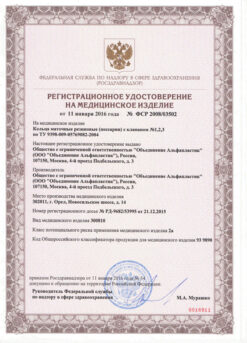No products in the cart.
Juno Bio-T Ag Type-1 ring-shaped intrauterine contraceptive coil
€14.30 €11.91
EAN: 4811379000098
SKU: 274531
Categories: Contraceptive, Gynecology and Obstetrics, Medicine, Spiral
Description
The anchor of the intrauterine contraceptive is made of plastic in the form of a closed ring with a diameter of 18 mm, inside which a rod is placed.
The rod carries a bimetallic copper-silver wire with the nominal active surface area of 254 mm2 in a ring-shaped IUD “Juno Bio-T” type № 1 (copper purity no less than 99.98%, silver content no less than 9.3%) and a monofilament thread for controlling the placement and withdrawal of the contraceptive.
The X-ray and ultrasound contrast is provided by the presence of a bimetallic copper-silver wire on the rod. The method of IUD insertion – “withdrawal” method, the graded tube-conductor diameter is 3.9mm.
The duration of contraception – not more than 5 years for IUD “Juno Bio-T Ag” of the ring form No.1.
Sterilization – radiation.
Indications
Indications
A woman’s desire to protect herself from pregnancy.
Treatment and prevention of Asherman’s syndrome. As a post-coital means, the IUD can be inserted within 3-4 days after unprotected sexual intercourse.
Pharmacological effect
Pharmacological effect
The anchor of the intrauterine contraceptive is made of plastic in the form of a closed ring with a diameter of 18 mm, inside of which a rod is placed.
A bimetallic copper-silver wire with a nominal active surface area of 254 mm2 is wound on the rod in a ring-shaped IUD “Junona Bio-T” type No. 1 (copper purity not less than 99.98%, silver content not less than 9.3%) and a monofilament thread is attached to control the location and removal of the contraceptive.
X-ray and ultrasound – contrast is provided by the presence of a bimetallic copper-silver wire on the rod. The IUD insertion method is the “withdrawal” method, the diameter of the graduated guide tube is 3.9 mm.
The duration of contraception is no more than 5 years for the ring-shaped IUD “Junona Bio-T Ag” type No. 1.
Sterilization – radiation.
Contraindications
Contraindications
Intrauterine contraception is absolutely contraindicated during pregnancy (suspected or confirmed), malignant diseases of the female genital organs, inflammatory processes of the pelvic organs, bleeding from the genital organs of unknown etiology, abnormal development of the uterus, fibroids for more than 8 weeks, endometriosis of any location, allergies to copper, Wilson’s disease.
The IUD should be used with caution (after assessing the risks/benefits) in cases of high risk of developing sexually transmitted diseases (presence of multiple sexual partners), anemia (hemoglobin less than 90 g/l), in nulliparous women, with blood diseases, in patients with a history of ectopic pregnancy.
Side Effects
Side Effects
Increased menstrual blood loss. Pre- and intermenstrual bleeding.
Interaction
Interaction
No interactions with drugs have been identified; if diagnostic and therapeutic radiation is necessary, medical personnel should be informed about the presence of an IUD. In some cases, it may be necessary to remove the contraceptive.
Manufacturer
Manufacturer
Simurg, Russia
Additional information
| Manufacturer | Simurgh, Russia |
|---|---|
| Brand | Simurgh |
Related products
Gynecology and Obstetrics
Prepidil, intracervical gel 0.5 mg/3 g syringes with catheter
Buy Juno Bio-T Ag Type-1 ring-shaped intrauterine contraceptive coil with delivery to USA, UK, Europe and over 120 other countries.



